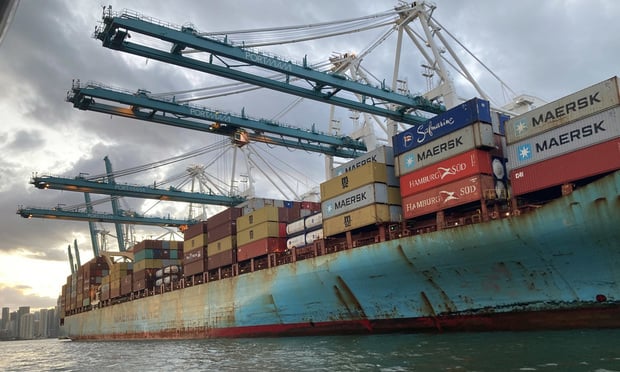 There is no denying that there is a terrible affordability crisis in Los Angeles, but the bulk of new housing develop in class-A luxury product. Much of that is because land prices force developers to build luxury product; however, there are also few funding options for affordable or middle-market deals. The agencies tend to dominate this space, but other capital sources are slow to roll out loan products for affordable and middle-market deals.
There is no denying that there is a terrible affordability crisis in Los Angeles, but the bulk of new housing develop in class-A luxury product. Much of that is because land prices force developers to build luxury product; however, there are also few funding options for affordable or middle-market deals. The agencies tend to dominate this space, but other capital sources are slow to roll out loan products for affordable and middle-market deals.
“There is really a different class of lender that handles affordable deals,” Bryan Shaffer, principal and director at George Smith Partners, tells GlobeSt.com. “Fannie Mae and Freddie Mac has specific programs for those deals, so they have always been competitive in that range.”
Shaffer says that lender demand for affordable deals is geographically specific. Some cities garner more lender attention for B- and C-class product. “It really depends on where it is located an what the market dynamics are,” he says. “We are still not sure what the outcome is going to be in a market like Houston after the hurricane. Before the hurricane, there was so much class-A product coming on the market that you actually saw lenders favoring B, C and affordable deals because there was an oversupply of A market product.”
In Los Angeles, that market could be Downtown Los Angeles, where that has been a development boom of luxury, high-end product. “In Downtown L.A. there is an oversupply of brand new apartments that are giving out a month of two of free rent,” says Shaffer. “The class-B and –C market on the other hand is extremely solid and well occupied. I think some of that depends on the market. If you are going to Victorville and doing affordable housing, you are going to have much less lender support that if you are doing it in South Los Angeles, where you are near a major population center.”
Value-add investors have the easiest time getting financing for affordable business strategies, which allow for potential upside and have a higher demand than luxury product. “The biggest change has been in the bridge lending market,” Shaffer says. “There has been a large increase in groups moving to bridge lending for value-add deals. Those are all LIBOR-based loans, and they start at LIBOR+300 and go up to LIBOR+600. That is where we have seen the biggest influx of capital.”
Want to continue reading?
Become a Free ALM Digital Reader.
Once you are an ALM Digital Member, you’ll receive:
- Breaking commercial real estate news and analysis, on-site and via our newsletters and custom alerts
- Educational webcasts, white papers, and ebooks from industry thought leaders
- Critical coverage of the property casualty insurance and financial advisory markets on our other ALM sites, PropertyCasualty360 and ThinkAdvisor
Already have an account? Sign In Now
*May exclude premium content© 2025 ALM Global, LLC, All Rights Reserved. Request academic re-use from www.copyright.com. All other uses, submit a request to [email protected]. For more information visit Asset & Logo Licensing.








